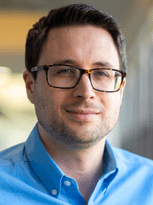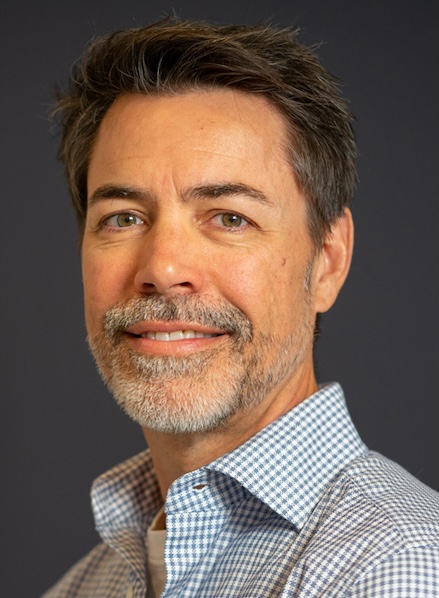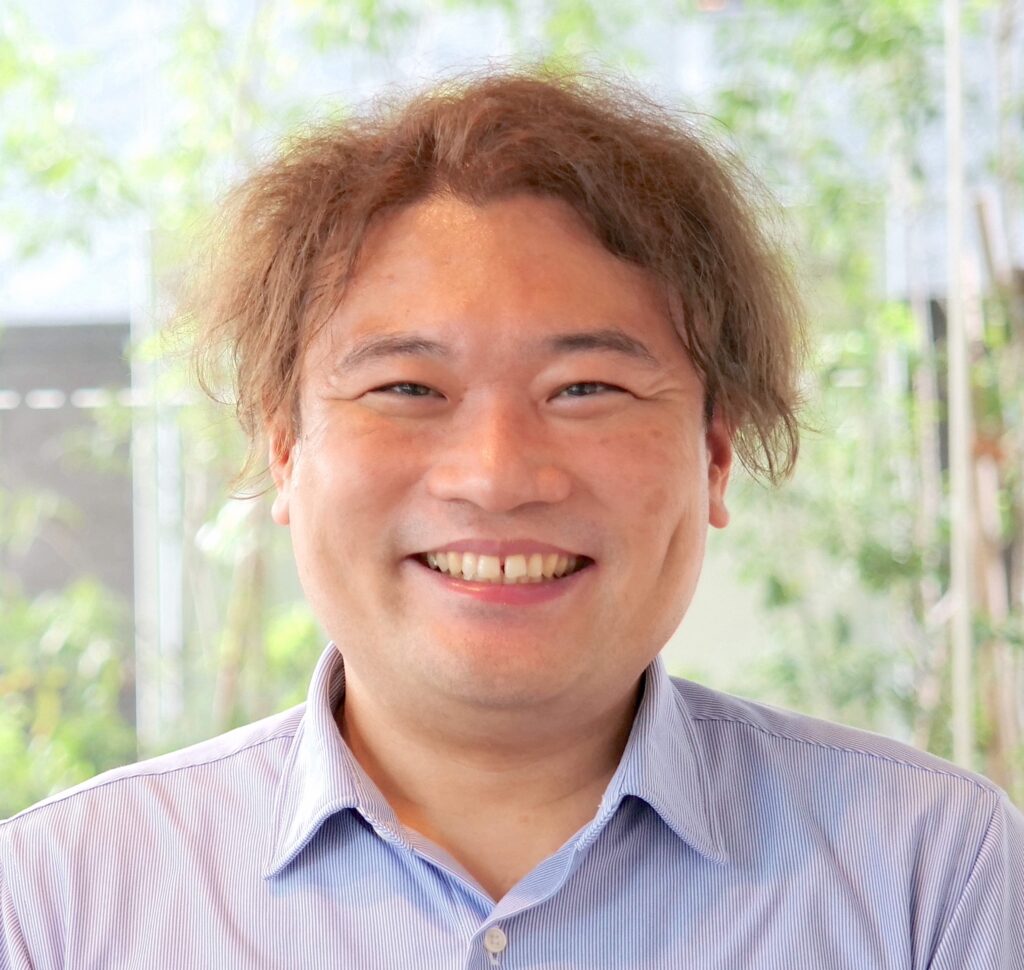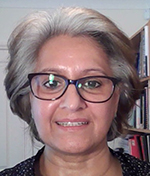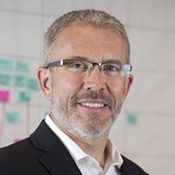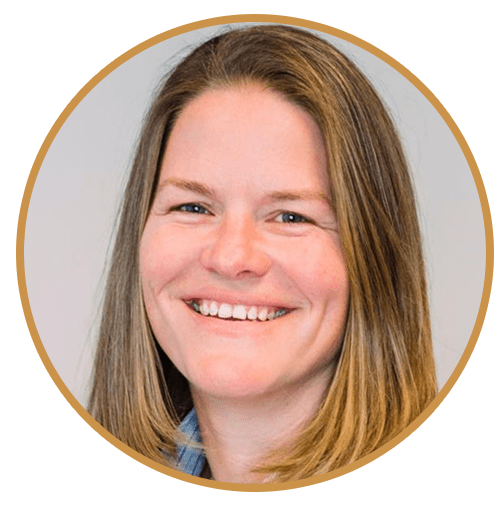
Editor’s Note: You’re facing unprecedented business challenges. You need more than theories—you need a blueprint. Welcome to a Leader’s Blueprint, your weekly guide to proven strategies that get results.
Escaping the Urgent: Why Immediate Demands Are Killing Your Future Growth
You start every quarter with a bold intention: this is the quarter we finally make traction on our future-proofing initiatives. You have a list of strategic bets that will open new markets and secure the company’s longevity. But then Monday morning hits. A legacy server goes down. A key client requires an immediate bespoke feature update. The sales team needs support to close the quarter. Slowly but surely, the “tyranny of the urgent” takes over. By the time the quarter ends, your team is exhausted from keeping the lights on, and those critical strategic bets haven’t moved an inch. You are surviving today, but you are mortgaging tomorrow.
The Hidden Costs of an Unbalanced Portfolio
When your portfolio is heavily weighted toward immediate demands at the expense of long-term strategy, you aren’t just delaying innovation; you are actively degrading your competitive advantage.
- Innovation Starvation: While you pour resources into maintaining the status quo, your competitors are building the disruption that will make your core business obsolete.
- Legacy Anchors: Without a strategy for “Horizon 0” (retiring systems), you continue to fund low-value work and legacy debt, draining the budget needed for growth.
- Economic Sub-Optimization: By saying “yes” to every urgent request, you dilute your focus. You end up with a traffic jam of good ideas, but very few great outcomes actually getting delivered to the market.

A Glimpse of the Solution
The answer isn’t just “working harder”—it is implementing the Managing a Balanced Portfolio competency. This component of Lean Portfolio Management (LPM) moves you away from reacting to fire drills and toward intentional Horizon Planning. By visualizing your work through a Portfolio Kanban, you can actively manage the flow of value across different horizons:
- Horizon 1: Extending your core business.
- Horizon 2: Growing emerging value.
- Horizon 3: Placing future bets.
- Horizon 0: Retiring what no longer serves you. This framework empowers Portfolio Leaders to make data-driven “Go/No-Go” decisions, ensuring you are allocating capacity to the future, not just the present.
Your First Step
You can do a quick assessment of your portfolio’s health this week. Review the last 10 significant initiatives or Epics where your portfolio has made significant progress in delivering.
If 90% or more of your investment is sitting in Horizon 1 (Core), your portfolio may not be balanced for the future.
You are optimizing for safety today at the risk of irrelevance tomorrow.
Unlock the Full Blueprint
Recognizing the imbalance is the start; fixing it requires a systemic approach. The Managing a Balanced Portfolio competency provides the tools to implement Horizon Planning, visualize flow with Kanbans, and use economic prioritization to make the hard choices easier.
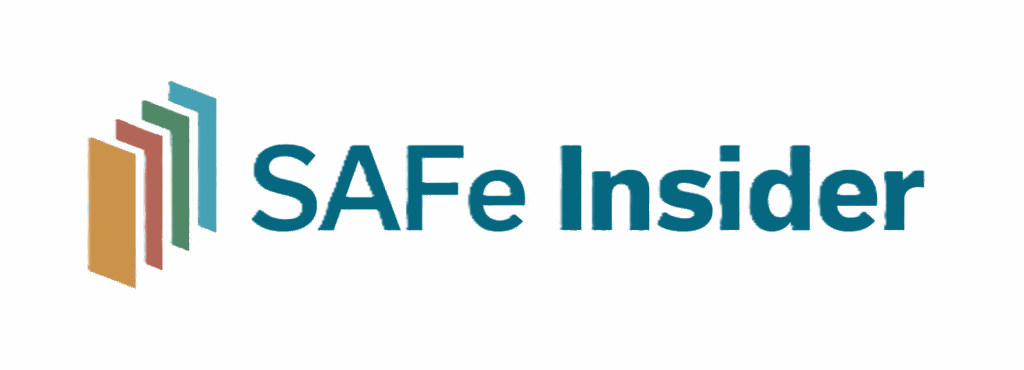
Stop letting the urgent crowd out the important.
Unlock the full SAFe Framework to build a portfolio that delivers today while securing your future. Get access by purchasing your SAFe® Insider membership today.
In this Series:
- Catch up on last week’s post: Validating Investment Opportunities
- Coming up next: Lean-Agile Procurement
¹ Moore, Geoffrey. Zone to Win: Organizing to Compete in an Age of Disruption. Diversion Books, 2015.


